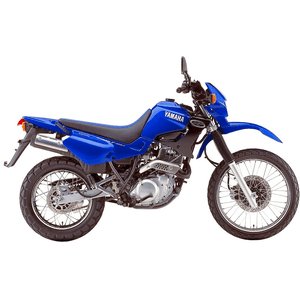Yamaha XT 600 (1990–1995): The Unyielding All-Rounder That Defies Time
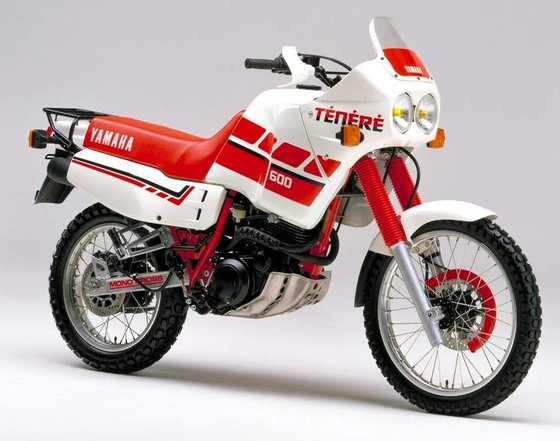
Introduction
The Yamaha XT 600, produced from 1990 to 1995, isn’t just a motorcycle—it’s a declaration of independence. This air-cooled thumper carved its reputation as a Swiss Army knife on two wheels, blending rugged off-road capability with enough pavement manners to make it a daily rider. Whether you’re threading through city traffic, carving backroads, or disappearing into the wilderness, the XT 600 demands respect for its simplicity, durability, and sheer versatility. After spending time with a well-preserved 1994 XT 600E, it’s clear why this machine remains a cult favorite among dual-sport enthusiasts. Let’s dissect what makes this generation a legend.
Engine and Performance: Torque Over Trends
At the heart of the XT 600 beats a 595cc single-cylinder, four-stroke engine—a design that prioritizes reliability over revolutions. With 45 HP (33.6 kW) at 6,500 RPM and 50 Nm (36.9 lb-ft) of torque peaking at 5,500 RPM, this isn’t a bike that thrives at redline. Instead, it delivers a meaty mid-range punch that’s perfect for lofting the front wheel over obstacles or chugging up a rocky incline.
Key Highlights:
- YDIS Carburetor: Yamaha’s Dual Intake System smooths out low-speed throttle response, making it forgiving for beginners yet responsive for experts.
- Air Cooling: No radiators to puncture, no coolant to leak—just a finned cylinder that shrugs off heat with old-school stoicism.
- Electric Start (XT 600E): A welcome upgrade over the kickstart-only “K” model, though purists might still prefer the raw ritual of a boot-to-lever start.
Riding the XT 600 feels like partnering with a trusty mule. It’s not the fastest bike in a straight line (top speed hovers around 148 km/h / 92 mph), but the torque curve is flat and friendly. On twisty roads, the engine’s character encourages short-shifting and savoring the grunt, while off-road, it’s a tractor that’ll idle over logs without complaint.
On-Road and Off-Road Handling: Jack of All Trades, Master of Fun
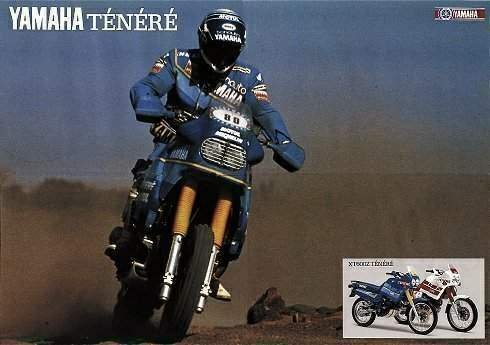
The XT 600’s chassis is a study in purposeful minimalism. A steel backbone frame pairs with 41mm telescopic forks (225mm travel) and a Monocross rear shock (200mm travel). Suspension is softly sprung, prioritizing comfort over precision—a trait that’s a blessing on washboard trails but a liability when pushing hard on asphalt.
On-Road Behavior:
- Steering: Light and quick at low speeds, though the 21-inch front wheel can feel vague when leaned over.
- Brakes: A single 267mm front disc (2-piston caliper) and 220mm rear disc are adequate for casual riding but lack bite during aggressive stops. Upgrade to sintered pads for sharper performance.
- Tires: The stock Bridgestone Trail Wings (90/90-21 front, 120/90-17 rear) are competent on gravel but squirm on wet pavement. Swapping to modern 50/50 tires like Shinko 705s transforms confidence.
Off-Road Prowess:
- Weight Distribution: At 155–177 kg (341–390 lbs) dry, the XT isn’t a featherweight, but its mass is centralized. Drop it in a mud pit, and you’ll appreciate the manageable heft.
- Ground Clearance: 235mm (9.25 inches) lets you straddle rocks without fear of high-centering.
- Riding Position: Upright and commanding, with wide bars offering leverage for technical terrain.
Ergonomics and Comfort: Built for Adventure, Not Lounging
The XT 600’s seat height ranges from 855mm (33.7 inches) on the E model to 890mm (35 inches) on the Ténéré. While taller riders will find it natural, shorter inseams demand careful footing at stops. The bench seat is firm yet supportive for all-day rides, though upgrading to a gel seat helps on marathon days.
Notable Features:
- Fuel Capacity: The standard XT 600E holds 13 liters (3.4 gallons), good for 200–250 km (124–155 miles). The Ténéré variant’s 23-liter (6-gallon) tank stretches range to 400 km (248 miles)—a boon for remote exploration.
- Wind Protection: Minimal. The Ténéré’s frame-mounted fairing and dual headlights add a touch of touring comfort, but most XTs leave you battling the elements.
Competition: How the XT 600 Stacks Up
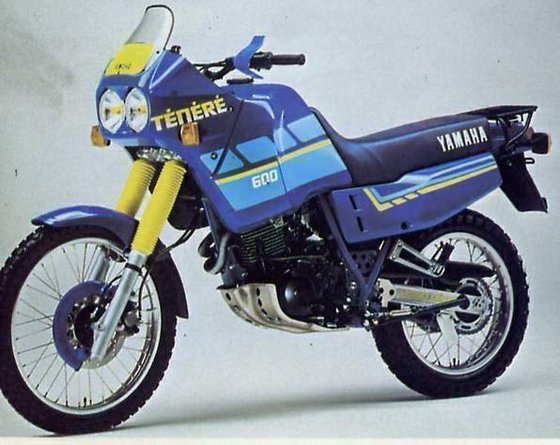
In the ’90s dual-sport arena, the XT 600 faced fierce rivals. Here’s how it measures up:
1. Kawasaki KLR650
- Pros: Liquid-cooled engine, superior wind protection, and a cult following for long-distance touring.
- Cons: Heavier (191 kg / 421 lbs), less agile off-road, and prone to “Doohickey” failures in the balancer chain.
- XT’s Edge: Lighter weight and simpler air-cooled engine make it a better bet for technical trails.
2. Suzuki DR650S
- Pros: More power (50 HP), plush suspension, and a lower seat height.
- Cons: Kickstart-only in some markets, vague steering feel.
- XT’s Edge: The DR650 is a better road bike; the XT feels more at home in the dirt.
3. Honda XR650L
- Pros: Legendary Honda reliability, torquier engine.
- Cons: Archaic design, heavier, and less street-focused.
- XT’s Edge: The XT strikes a better balance between pavement and dirt usability.
Verdict: The XT 600 isn’t the best at anything—except being good enough at everything. It’s the Goldilocks of dual-sports: not too heavy, not too complex, just right for riders who value simplicity.
Maintenance: Keeping the Legend Alive
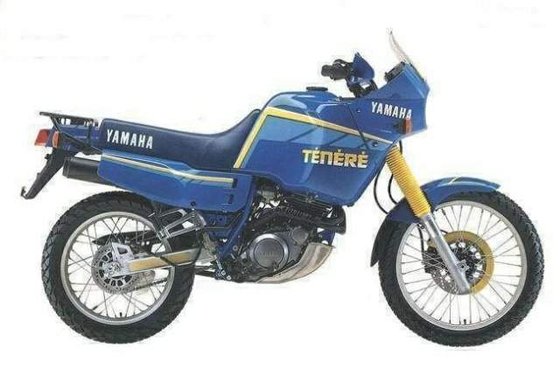
The XT 600’s mechanical simplicity is a DIYer’s dream. Here’s what owners need to prioritize:
1. Valve Adjustments
- Intake: 0.05–0.10 mm (0.002–0.004 in)
- Exhaust: 0.12–0.17 mm (0.005–0.007 in)
Check every 3,000–5,000 km. Neglect leads to noisy clatter and lost compression.
2. Oil Changes
- Capacity: 2.7L (2.9L with filter). Use SAE 20W-40 for warmer climates or 10W-40 for versatility.
- Interval: Every 3,000 km. The dry-sump system (on E models) requires checking oil level via the frame-mounted dipstick.
3. Chain and Sprockets
- Stock Gearing: 15/39 (XT 600K) or 15/45 (XT 600E). Swap to a DID 520VX chain for longevity.
- Adjustment: Keep slack at 25–35mm (1–1.4 in).
4. Critical Upgrades
- Brake Pads: EBC sintered pads improve stopping power.
- Air Filter: Replace the stock paper element with a reusable foam pod (e.g., UNI Filter).
- Spark Plugs: NGK DPR8EIX-9 iridium plugs resist fouling during wet rides.
Pro Tip: The XT’s Achilles’ heel is its weak stator. Carry a spare regulator-rectifier on long trips.
Conclusion: The Timeless Trailblazer
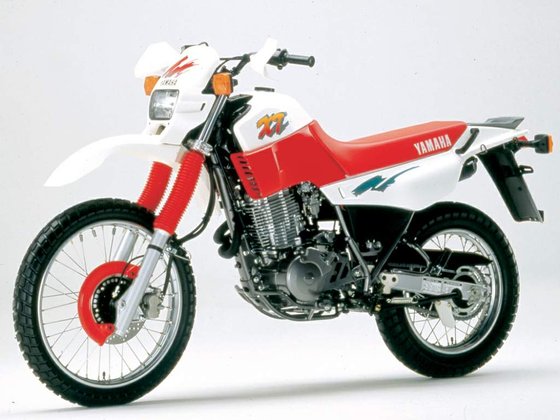
The Yamaha XT 600 isn’t a motorcycle you buy—it’s one you adopt. It’s a companion for riders who value function over frills, who’d rather fix a carburetor than debug a fuel-injection system. In an era of 200 HP supernakeds and electronic everything, the XT 600 stands as a reminder that adventure isn’t about specs; it’s about spirit.
Whether you’re resurrecting a barn find or upgrading a survivor, MOTOPARTS.store has the essentials to keep your XT 600 alive: from heavy-duty chains to retro-styled accessories. Aftermarket support ensures this ’90s icon will outlive us all—one dusty trail at a time.
Ride hard, ride simple.











Specifications sheet
| Engine | |
|---|---|
| Stroke: | Four-stroke |
| Max power: | 34 kW | 46.0 hp |
| Max torque: | 50 Nm |
| Fuel system: | Teikei Y26PV carburetor (YDIS) |
| Max power @: | 6500 rpm |
| Displacement: | 595 ccm |
| Max torque @: | 5500 rpm |
| Configuration: | Single |
| Cooling system: | Air/oil cooled |
| Compression ratio: | 8.5:1 |
| Number of cylinders: | 1 |
| Valves per cylinder: | 4 |
| Dimensions | |
|---|---|
| Wheelbase: | 1445 mm (56.9 in) |
| Dry weight: | 155 |
| Wet weight: | 177 |
| Seat height: | 855–890 mm (33.7–35.0 in) |
| Overall width: | 820 mm (32.3 in) |
| Overall length: | 2220 mm (87.4 in) |
| Ground clearance: | 235 mm (9.3 in) |
| Fuel tank capacity: | 13 L (3.4 US gal) |
| Drivetrain | |
|---|---|
| Final drive: | chain |
| Chain length: | 106 |
| Transmission: | 5-speed |
| Rear sprocket: | 45 |
| Front sprocket: | 15 |
| Maintainance | |
|---|---|
| Rear tire: | 120/90-17 |
| Engine oil: | 20W40 |
| Front tire: | 90/90-21 |
| Break fluid: | DOT 4 |
| Spark plugs: | NGK DPR8EA-9 or NGK DPR8EIX-9 |
| Spark plug gap: | 0.9 |
| Forks oil capacity: | 1.1 |
| Engine oil capacity: | 2.9 |
| Engine oil change interval: | Every 5000 km or 2 years |
| Valve clearance (intake, cold): | 0.10–0.20 mm |
| Valve clearance check interval: | 24,000 km / 15,000 mi |
| Valve clearance (exhaust, cold): | 0.12–0.17 mm |
| Recommended tire pressure (rear): | 2.5 bar (36 psi) solo, 2.8 bar (41 psi) with passenger |
| Recommended tire pressure (front): | 1.8 bar (26 psi) |
| Additional Notes | |
|---|---|
| Ténéré variant: | {'Rear tire': '4.60-18', 'Dry weight': '165 kg (363.7 lbs)', 'Front tire': '3.00-21', 'Fuel tank capacity': '23 L (6.1 US gal)'} |
| Chassis and Suspension | |
|---|---|
| Frame: | High-tensile steel |
| Rear brakes: | Single 220 mm disc, 1-piston caliper |
| Front brakes: | Single 267 mm disc, 2-piston caliper |
| Rear suspension: | Monocross monoshock, adjustable preload |
| Front suspension: | 41mm telescopic forks, oil-damped |
| Rear wheel travel: | 220 mm (8.7 in) |
| Front wheel travel: | 225 mm (8.9 in) |



